
Extraordinary skill in medicine is often seen among dedicated scientists and researchers who spend their youth in pursuit of excellence. Preparing to enter the specialized fields of medicine typically requires aspiring doctors to reach their early 30s prior to receiving the title. From the years that preceded the Dark Ages until the present day, doctors have emerged from backgrounds and environments that seem unlikely to predict success, especially at a young age. The passion for the study of medicine is a bond that binds ten of the youngest doctors in the world.
10. Avicenna
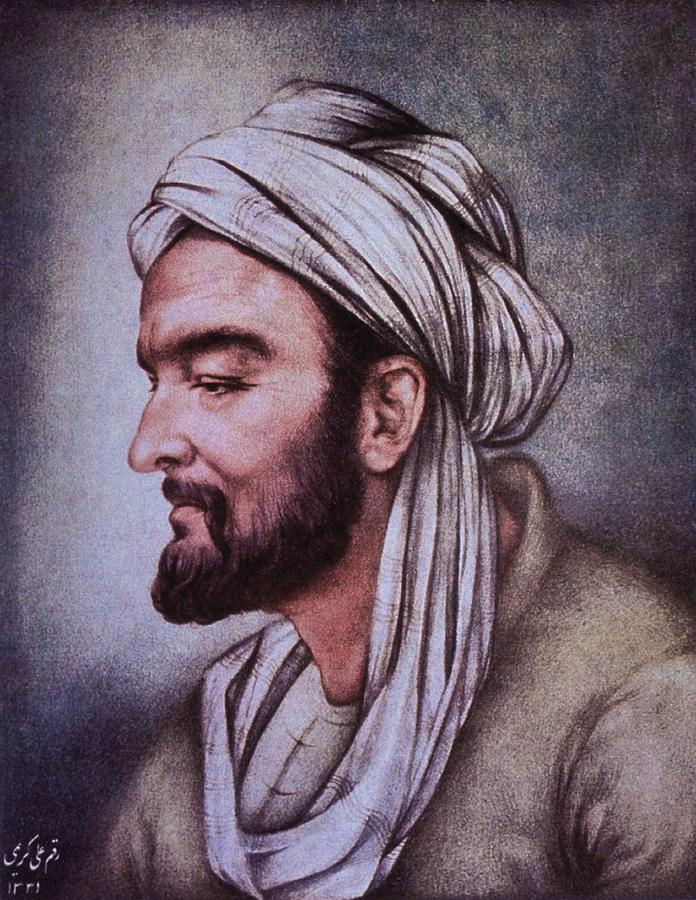
The fall of the Roman Empire led to a period in which intellectual activity experienced a sharp decline, but Avicenna was able to obtain and read Persian, Greek, Arabian and Latin books. At the end of the Dark Ages, Persia was part of the Islamic Golden Age in which cultural and intellectual activity accelerated. Born in northern Persia in 997 A.D., he learned the scientific principles of medicine, astronomy, botany, physics and metaphysics, philosophy, mathematics and logic.
By age 16, Avicenna started practicing medicine and had completed writing a treatise on it by age 21. Medical schools in Asia and Europe used his Canon as the major source of knowledge for several centuries. He accompanied Persian potentates on travels throughout the region, and continued to write hundreds of books that reflected the influence of Aristotle and Plato.
9. Balamurali Ambati
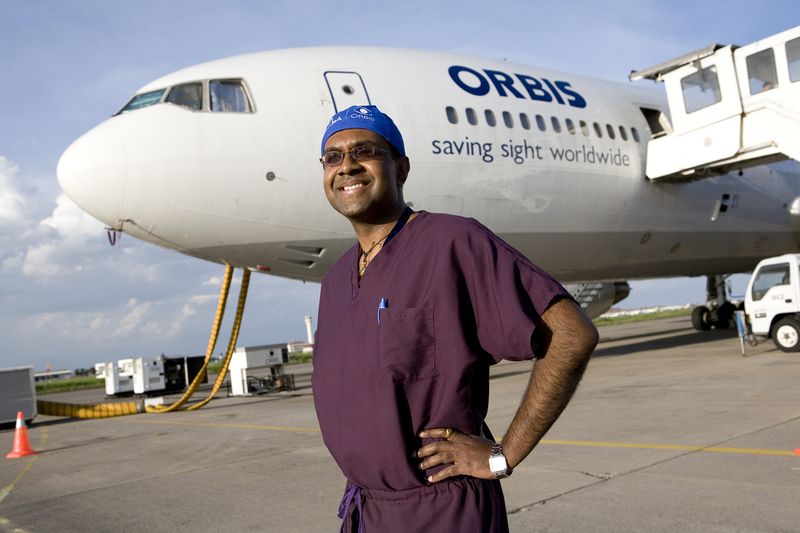
Achieving recognition as the world’s youngest doctor in 1995, Balamurali Ambati’s enormous intellectual prowess was indicated by his ability to do calculus at age 4. Graduation from New York University at age 13 led to his receiving a medical degree from Mount Sinai School of Medicine four years later.
In an interview with PreMedLife Magazine, Dr. Ambati said that he was interested in studying pediatrics, general surgery and internal medicine at Mount Sinai but chose to specialize in opthamology. The field allows him to perform transplant surgery, implant prosthetics and provide emergency surgeries to national and international patients. His work includes these areas of treatment:
• cornea transplants
• artificial corneas
• LASIK surgery
• cataract extraction
He donates time to working with the Flying Eye Hospital and has performed surgeries and trained surgeons in Malaysia and Ghana. The nonprofit service directs its efforts at preventing and treating blindness in developing countries.
8. Heenal Raichura
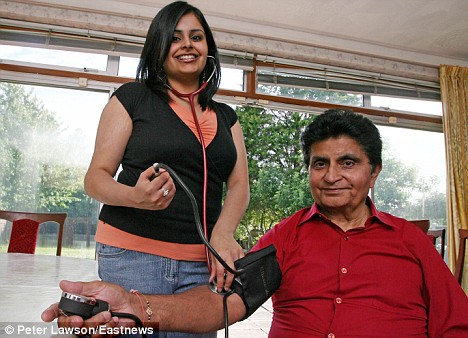
Finding a university that would accept her as a student at age 16 was a bigger challenge for Heenal Raichura than her medical studies. Breezing through the difficult courses, she received her Bachelor of Medicine and Bachelor of Surgery in 2008. As Britain’s youngest doctor, she accepted a position at the University College in London. She told the Daily Mail Reporter that she thought associating with other students who were older helped her gain maturity and understanding.
Dr. Raichura’s IQ of 170 enabled her to accomplish a number of unique achievements, including starting elementary school at a remarkably early age. Entering and completing medical school at age 22 established her as the youngest person in Britain to earn the degrees that she holds. She added a year to her program of study to earn a degree in Developmental Biology and Anatomy from the University College of London.
7. Rachael Faye Hill

Deciding on a medical career at age 10, Rachel Faye Hill achieved her goal at age 22 in 2010, claiming the title of Britain’s youngest doctor from Heenal Raichura. Her outstanding progress through the early grades allowed her to skip a few and complete the requirements for entering medical school. Getting to see the work that her veterinarian mother performed gave her exposure to medical procedures, and her desire to help people further directed Rachel’s studies.
While not encountering any obstacles in her studies, she told BBC news that her young age required special permission to live in the school’s dormitories. Getting a mobile phone contract posed some challenges, but she was able to obtain one along with others in her class. She admits that she missed some social activities, but she has no regrets.
6. Sho Yano

The University of Chicago awarded a medical degree to the youngest candidate in the school’s history in June of 2010. Sho Yano simultaneously received a Ph.D. in cell biology and molecular genetics. Most medical students in the United States enter medical school at age 23, but Dr. Yano was accepted when he was 12. Having graduated from Loyola University summa cum laude in three years, he was accepted by the University of Chicago while many others rejected his application.
He understands the concerns that college registrars had regarding his developmental aptitude and suitability to meet the challenges of studying medicine. Dismissing their worries by contending that it is worse to experience boredom than to use his mind in intellectual pursuits, he points to his ability as a tae kwon do black belt and as an accomplished pianist. His only sister is a prodigy as well, earning a degree in biology at age 15.
5. Riana Helmi

Receiving high praise from the dean of the faculty at her medical school in Indonesia, Riana Helmi was credited for her social and psychological maturity. Earning her degree at age 19 and nine months, the Dr. Helmi is her country’s youngest doctor. She achieved the final designation when she was two years younger, but Indonesia’s custom of inaugurating physicians did not occur until December of 2010.
She told the Jakarta Post that she recalls her early school days as pleasant times filled with playing games, but her ability to read and write at age 3 indicated a prodigious talent to observers. Her precociousness continued throughout her educational career, allowing her to complete a medical degree when most girls are graduating from high school.
Crediting her parents for teaching her a disciplined way to study, she motivated herself by using a psychological approach to learning. She made a point of admiring the instructors who taught her and to taking a special interest in each topic. While her adolescence was occupied with studying for medical exams, she does not feel that she missed some of the usual pleasures of young people. Her activities did not include dating, but she found time to go shopping even while her course schedule was demanding.
4. Iqbal Al Assaad

Mastering mathematics and biochemistry at age 12 helped Iqbal Al Assaad become the youngest doctor to graduate from the Qatar branch of Cornell University in May of 2012. She learned algebra as a toddler by listening to her father instruct her brothers. At age 20, her dream is to open a free clinic for Palestinians who reside in refugee camps. She was struck by the severe conditions of poverty and deprivation that she witnessed as a child while visiting relatives in the camps.
Her outstanding academic record in high school inspired Khaled Qabbani, the education minister in Lebanon, to help her get a scholarship to attend medical school. The Weill Cornell Medical College offered her a full scholarship at the Qatar campus, even though she did not take an entrance examination. The exception granted to her inspired her to work diligently to prove that she was worthy of the special privilege.
3. Jack Andraka

Finding a cure for pancreatic cancer, one of the most aggressive forms of the disease, is a motivating force that inspires Jack Andraka. Not yet a doctor, he has already received the American Ingenuity Award from the Smithsonian for creating a new way to detect the disease. Nearly 200 laboratories rejected his innovation until he found interest at Johns Hopkins.
He built a device that uses paper filter, antibodies that react to mesothelin and carbon nanotubes. His invention is praised for its low cost and its ability to produce results faster than any other known procedure. Forbes reported that Andraka’s method, compared to the 60-year-old technique currently in use, is 26,667 times less costly and 168 times faster. In addition, its detection ability is 400 times more effective. Mesothelin is a protein that appears in high levels among people who have the deadly disease. As a high school student in 2012, he enthusiastically accepted the grand prize of $75,000 at the Intel International Science and Engineering Fair.
2. Akrit Jaswal
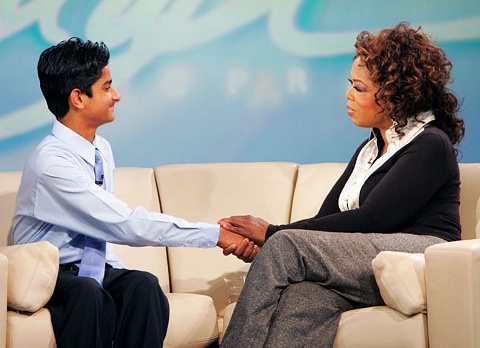
A burn injury victim received miraculous surgery from Akrit Jaswal as a seven year old medical genius who was a year younger than his patient. Helping those who cannot help themselves is a driving force in his life. Born in 1993 in a rural Indian village, his intelligence caught the attention of some influential people. He was allowed to take an undergraduate course in at Punjab University in Chandigarh, India at the age of 12 and later pursued a master’s degree in the field of applied chemistry.
Featured on the Oprah Winfrey Show as a child genius, he has made clear his goal of finding a cure for cancer. He is regarded as exceptionally gifted in the field of medicine. Hoax or Fact quotes his approach to finding a cure as one that modifies “genes that cause cancer” through the knowledge he acquired from books and the Internet, and he is actively pursuing his great cause. While not formally designated as a doctor, he has performed many surgeries since the first at age 7, helping people and even saving lives.
1. Serennah Harding
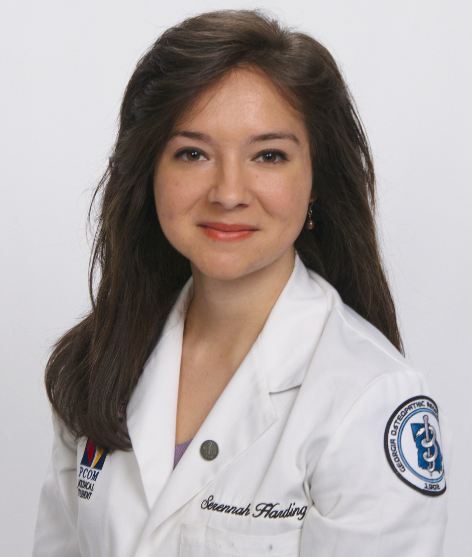
The Philadelphia College of Osteopathic Medicine awarded a degree to Serennah Harding, age 22, at its Georgia campus in May of 2013. The institution opened its only branch in Suwannee in 2005 to train primary care physicians for Georgia and other southern states. Dr. Harding earned her undergraduate degree in biology when she was 17.
The daughter of a military family, she told the Gwinnett Daily Post that she had “lived everywhere” prior to enrolling in the 110 year old institution. The family achieved a remarkable record by home schooling six children who enrolled in college by the time they were 12 years old. Receiving a commission as a lieutenant in the U.S. Navy upon graduation, she is now working on her residency in Bethesda, MD at the Walter Reed Army Medical Center.
 Follow
Follow
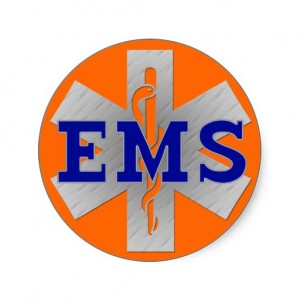 Emergency Medical Services, commonly referred to as EMS, is committed to offering acute medical care outside of medical facilities. EMS professionals provide care to individuals with injuries and illnesses and offer transportation to medical facilities as needed. They strive to provide urgent medical care and get patients to additional assistance as quickly as possible.
Emergency Medical Services, commonly referred to as EMS, is committed to offering acute medical care outside of medical facilities. EMS professionals provide care to individuals with injuries and illnesses and offer transportation to medical facilities as needed. They strive to provide urgent medical care and get patients to additional assistance as quickly as possible.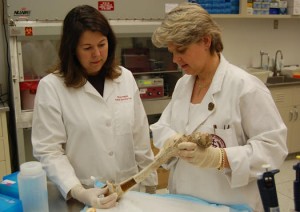 Healthcare is a vast field with many opportunities for entry and advancement for job seekers. Having an advanced degree can make employees more competitive in the healthcare field when seeking a higher position. Many schools now offer online degree programs in the area of Health Science. Pursuing an online course of study in healthcare is beneficial to potential healthcare employees who require a flexible schedule, but wish to obtain an advanced degree in their field to upgrade their skills and increase their marketability.
Healthcare is a vast field with many opportunities for entry and advancement for job seekers. Having an advanced degree can make employees more competitive in the healthcare field when seeking a higher position. Many schools now offer online degree programs in the area of Health Science. Pursuing an online course of study in healthcare is beneficial to potential healthcare employees who require a flexible schedule, but wish to obtain an advanced degree in their field to upgrade their skills and increase their marketability. As a recession-proof industry, interest in the healthcare field is rapidly growing, and more and more students are enrolling in healthcare degree programs. In response, many universities are seizing the growing trend as an opportunity to expand and offer online healthcare administration degree programs, as well as online business degree programs which include an emphasis in healthcare. Greater job stability and increased flexibility and availability of education programs make healthcare an excellent course of study for students who are interested in the medical field and may have limited schedules or may otherwise require a more flexible learning environment.
As a recession-proof industry, interest in the healthcare field is rapidly growing, and more and more students are enrolling in healthcare degree programs. In response, many universities are seizing the growing trend as an opportunity to expand and offer online healthcare administration degree programs, as well as online business degree programs which include an emphasis in healthcare. Greater job stability and increased flexibility and availability of education programs make healthcare an excellent course of study for students who are interested in the medical field and may have limited schedules or may otherwise require a more flexible learning environment.
 A list of “10 of the Best Online Bachelor of Science in Nursing Degrees” has been developed by the site, “Bachelor of Science in Nursing Degree Guide” (bachelor-of-science-in-nursing.com). Online study provides adult learners with the opportunity to obtain their degrees while continuing to develop their careers. In the nursing field, the BSN degree can lead to increased earnings and responsibilities.
A list of “10 of the Best Online Bachelor of Science in Nursing Degrees” has been developed by the site, “Bachelor of Science in Nursing Degree Guide” (bachelor-of-science-in-nursing.com). Online study provides adult learners with the opportunity to obtain their degrees while continuing to develop their careers. In the nursing field, the BSN degree can lead to increased earnings and responsibilities.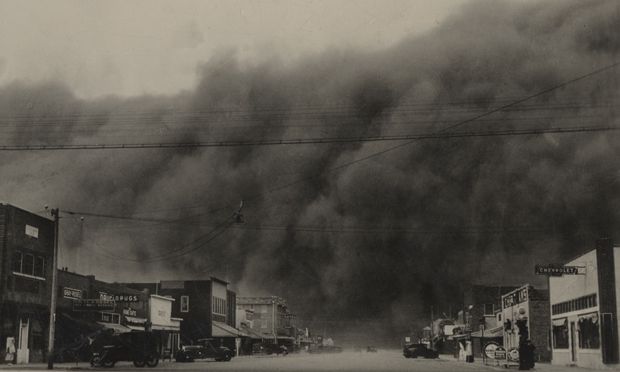
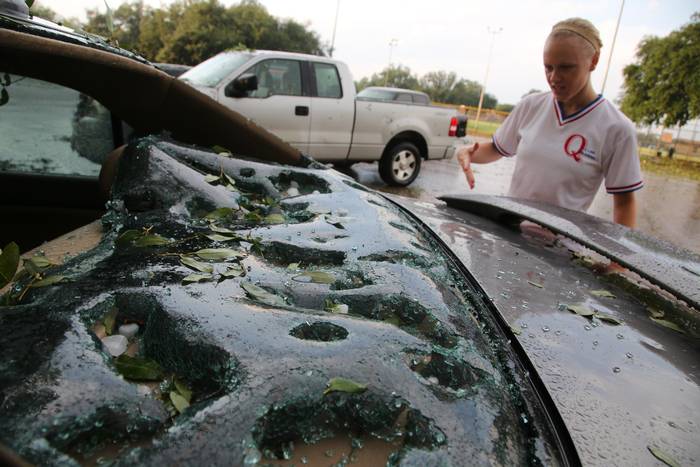



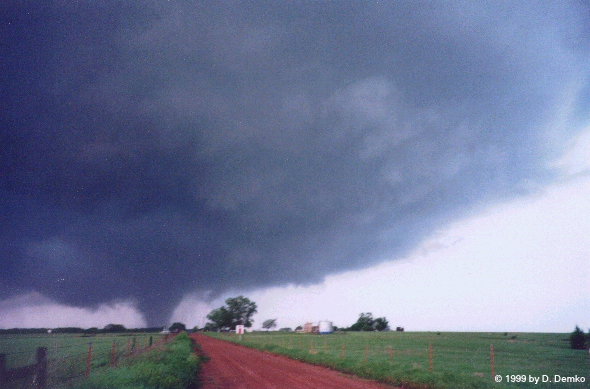

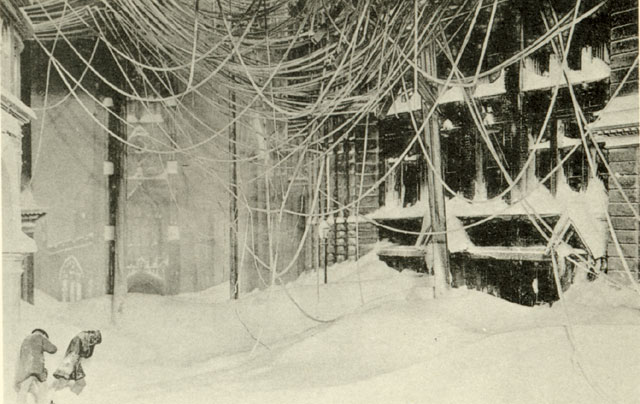

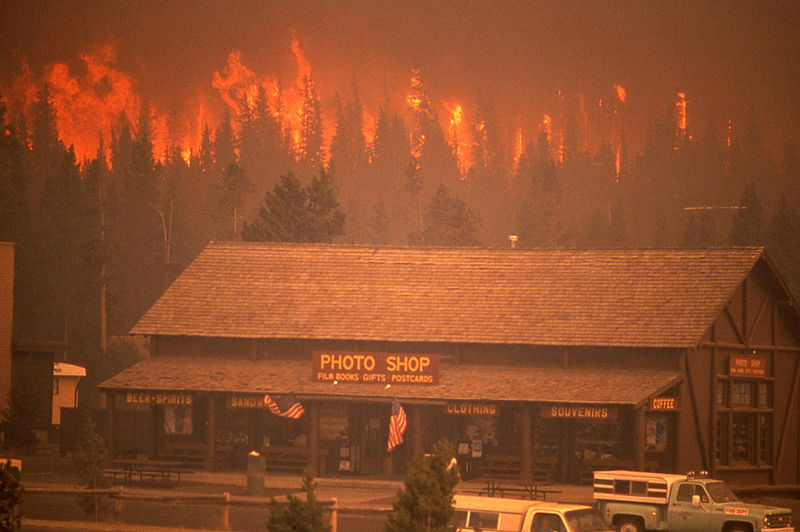
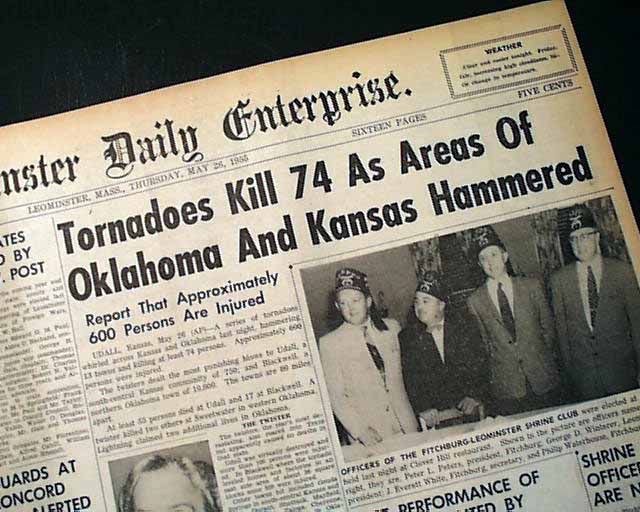
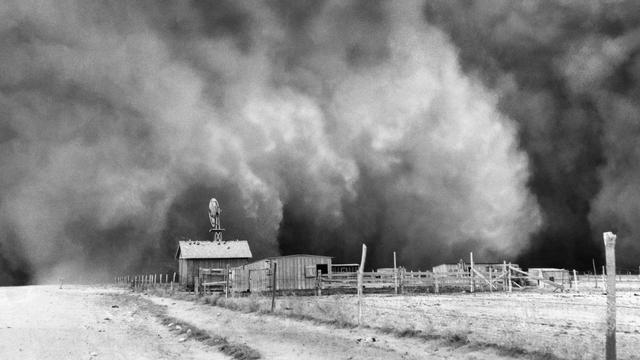
 Working nurses with a BSN degree can increase their earning potential and qualify for nursing management positions by obtaining the Master of Science in Nursing degree, according to the site, “Best BSN to MSN Programs.” The education and career information site for nurses has ranked the
Working nurses with a BSN degree can increase their earning potential and qualify for nursing management positions by obtaining the Master of Science in Nursing degree, according to the site, “Best BSN to MSN Programs.” The education and career information site for nurses has ranked the